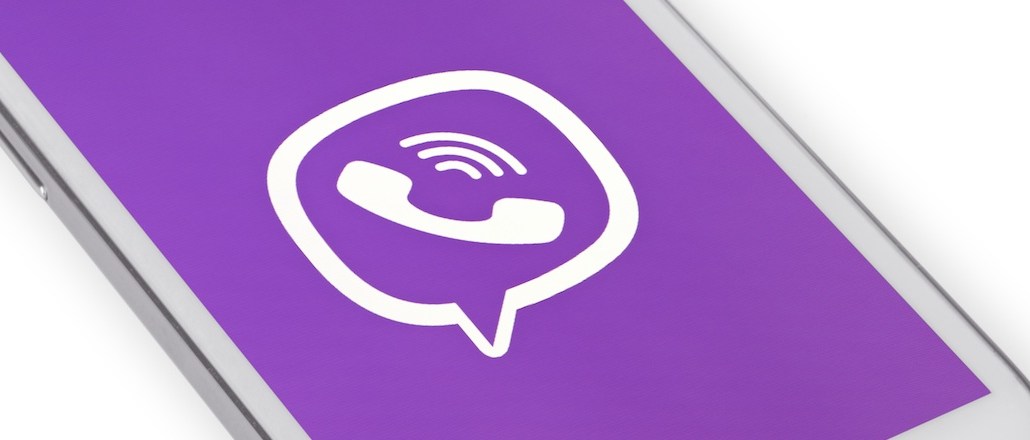
Chat app Viber has been flirting with branded content for a while. Now, it’s rolling out native ads.
The platform will test its new offering with “select partners” over the next three months. According to Viber, it’s going to be a delicate process where both sides will need to be careful not to alienate its 754 million users.
“It needs to feel organic. We don’t want to bring advertisers on here creating an intrusive experience to get their point across. As soon as they get heavy, [users will] leave in a second.” Scott Nelson, Viber’s head of North America, told Digiday.
The app, which launched in 2010, has pivoted from a provider of free calls and texts to a content platform akin to Line or WeChat. Alongside private chats, its users can join “public chats” broadcast by brands and publishers like the BBC.
It’s had some traction, mostly with music brands. Universal’s record label Globe has over 43,000 people following its chatroom, while Festival Ibiza Rocks has more than 600,000. Brands like Old Spice, Fox and football club Real Madrid have also created custom emojis for Viber’s sticker market, which saw 500 million packs downloaded in 2015.
But Viber, which ranks fourth on iOS downloads behind WhatsApp, Facebook Messenger and Skype, isn’t the only platform pushing to get users better acquainted with brands.
Adrian Lee, Vizeum Global’s innovation and strategy director, has monitored the evolution of chat apps in the Asia Pacific region, many of which (Line, WeChat) now act as content platforms in their own right. For him, the biggest issue apps like Viber face in attracting advertisers is differentiating. If a brand is building a community, what are the incentives for people to join from other, bigger platforms?
Lee hasn’t worked with Viber, as its branded stickers are tricky to link to sales outcomes. “You can run some insight on brand uplift, but that’s about it,” he said. However, its native content will only help Viber grow its user base, which, in turn, will attract more advertisers, he said.
“Native is one of the areas that has seen huge growth — it’s a way to avoid being too pushy,” Lee said. We’re past the stage where brands can push messages and expect audiences to sit there and listen to what they are broadcasting.”
Renée Mellow, head of paid social at MediaCom, is happy about the introduction of native ads. She’s been monitoring the platform for a while but couldn’t make it work for clients without a more formal ad offering.
“We’ve been talking about it a lot. Viber is now part of that elite family of messaging apps where consumers spend more time than social networks. They’re more engaged and share far more content here,” she said.
After Facebook Messenger and WhatsApp, Viber is the only top-ranked messaging app in over 10 countries. (Apparently, it’s big in Eastern Europe; it is the top app in Belarus, Moldova and Ukraine.) Mellow noted that Viber’s global reach stands out for clients who don’t just want to activate in the U.K. but also in further-afield emerging markets.
Ilicco Elia, head of mobile at DigitasLBi, thinks Viber has a long way to catch up with its rivals. Soon, WhatsApp will have the power of Facebook targeting behind it, while apps like Snapchat are so good at the kind of self-promotion that can pique a client’s interest.
“Viber started as a cheap telephone app, and I don’t think it has shaken that brand yet,” he said. As campaigns become more platform-specific, it will be a case of who can make it most cost-effective to media buyers. Or, offer something the others don’t.
“It can’t just be about Facebook,” he said. “I really don’t want that.”
More in Marketing

How marketers rank this year’s generative AI image, video tools
Digiday’s 2025 agency generative AI report card explores the winners and losers of the generative AI landscape.

In memoriam: Brands we lost in 2025
Digiday Media staff rounded up some of the most notable brand names we lost in 2025, like Joann and Rite Aid.

Pandora is betting on AI agents to scale service and emotional selling during the peak holiday season
Pandora is using AI agents to scale customer service and replicate emotional in-store selling online, just as peak season puts pressure on margins and teams.





